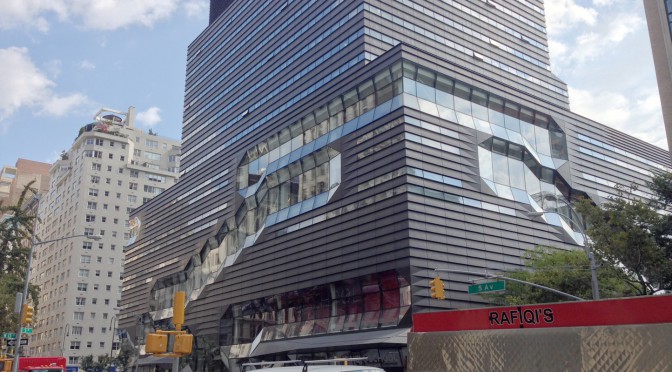Grace Moon
Adjunct Professor
Graphic Design, Dept of Art
Queens College, CUNY
Black and White: Basic Color Terms is the first chapter from a manuscript titled, An Illustrated History of Color, in theory and practice. The overall scope of this book, as the title implies, is to set out a comprehensive account and analysis of the development of color as it has been used by artists, designers, and craftspeople, as well as the history of its theoretical framework and language. The first chapter title is “Black and White; Basic Color Terms.”
First, the impetus for embarking on such a large and generalized topic is that color in academia has been reduced to modernist tropes that leave little to the imagination in its actual implementation especially as we move from pigment and ink to digital space. So entrenched have our ideas about color theory become that in all of the most current books published on the subject none stray from Modernist basic methodology and worse, many are rife with superficial anecdotes without proper reference and incorrect definitions of color terms and concepts. Also the topic of color crosses over into other non-visual disciplines such as anthropology, linguistics, child development, visual science and comparative literature. In exploring the topic of color at the intersection of the arts and sciences I believe we, as visual creators, will have a better grasp of what color is and means within our disciplines.
The first chapter is looking at “basic color terms,” —a label linguists have given to the general hue of a culture’s essential color palette. Industrial societies have eleven basic color terms; black, white, red, green, yellow, blue, purple, brown, orange, pink, grey. Linguists have also determined that color terms have historically developed along a specific path. For instance, preindustrial Black and White; Basic Color Terms societies have four or five basic color terms; black, white, red, followed by green or yellow—and if a culture has a sixth term, then it is blue. But, blue never precedes the other colors. While the sciences have puzzled over these curious findings; why is red always the third term, and why is blue not a term before green or yellow, artists and designers have not yet weighed in on this debate. Visual creators have innately understood the importance and relationships of colors and their dimensions and have a lot to add to this interdisciplinary study. The key points in the basic color term debate as well as point towards its impact within the arts and design fields will be addressed. That is, the impact of artists and designers’ upon basic color terms and the nature of how societies understand color itself.
This research was presented at the
Design Incubation Colloquium 1.3: Parsons The New School on Tuesday, December 2, 2014.
Like this:
Like Loading...

